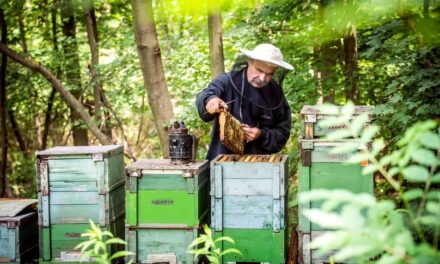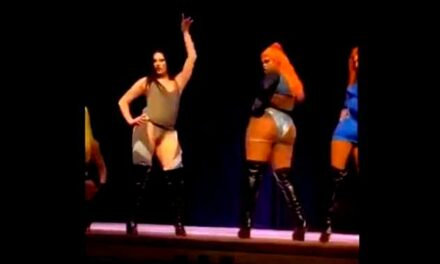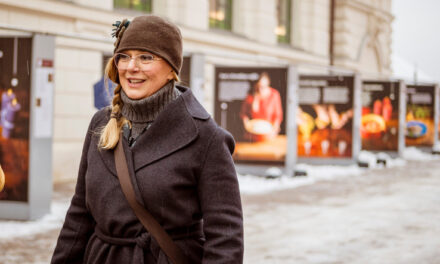Easter baskets with eggs, chickens, and rabbits were already given to each other by the ancients. The first Easter basket was given to St. Francis of Assisi, who spent the six weeks of Lent on an Italian island for a day.
Only small animals lived on the island and so Ferenc's companion - according to legend - was only a small rabbit who gave him an Easter basket made of bird's nest. With this, he expressed to Saint Francis his love for the animals living on the island.
The Easter basket was later made of twigs and leaves, and today it is made of straw or mat, lined with grass. The "bunny brings" the delicacies to the basket, including the male egg. Sweets can only be found in baskets from the end of the eighteenth century.
Chickens and rabbits are given as gifts at Easter because they are newcomers born in the New Year, so they symbolize rebirth.
We already have written memories of egg painting from the 13th century. In 1615, it was mentioned for the first time in Strasbourg as an "Easter egg". Originally, the eggs were one color. The most common color was red in Western Europe and gold in Eastern Europe. It was only in the 17th century that they began to be multi-colored and decorated with various patterns.
Source: fertop.art
(Header image: Pixabay )












